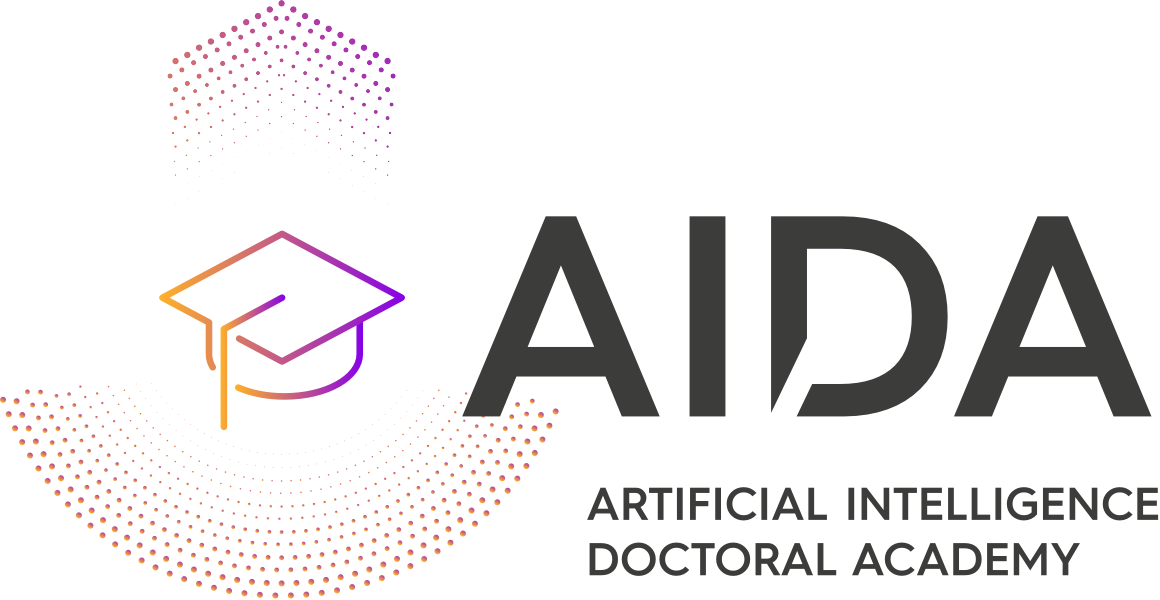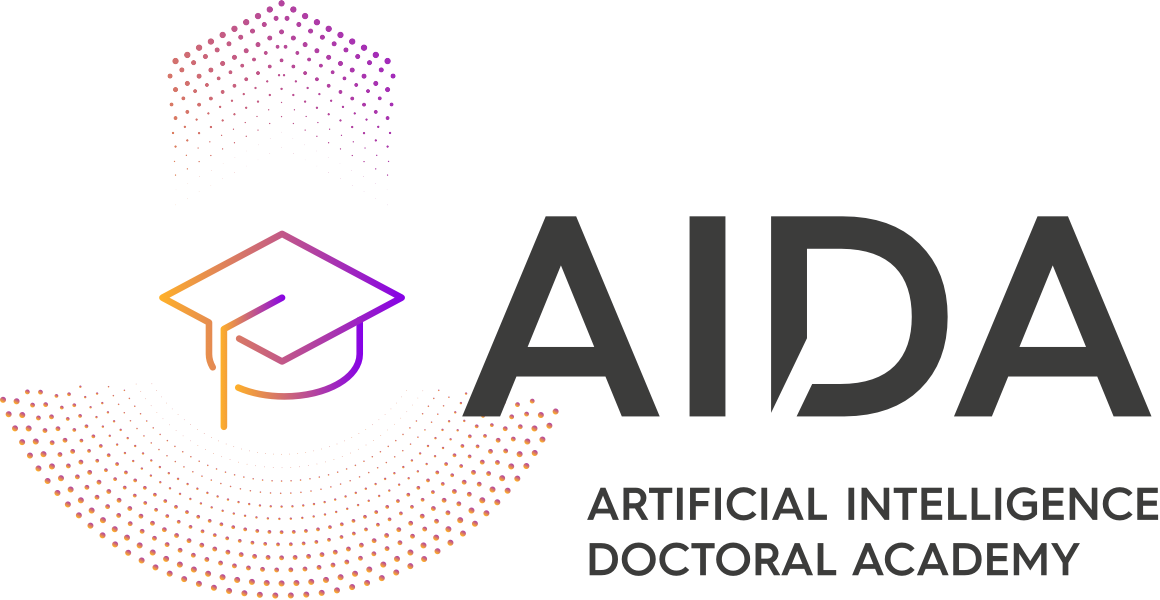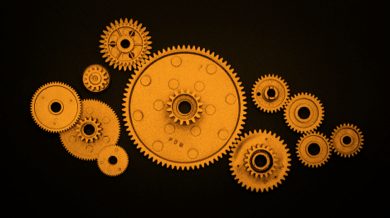This lecture will overview 2D linear and cyclic convolution. Then it will present their fast execution through FFTs, resulting in algorithms having computational complexity of the order O(N^2log2N). Optimal Winograd 2D convolution algorithms will be presented having theoretically minimal number of computations. Parallel block-based 2D convolution/calculation methods will be overviewed. The use of 2D convolutions… Continue reading Fast 2D Convolutions Algorithms
Archives: Resources
Resource description
2D Digital Filter Design and Implementation
This lecture overviews 2D Digital Filter Design and Implementation that has many applications in digital image filtering, computer vision (template matching) and convolutional neural networks . It covers the following topics in detail: FIR filter design, Direct 2D FIR filter implementation, Digital FIR filter implementation using FFT, Block-based convolution methods, IIR filter design and implementation.
2D Systems
This lecture overviews 2D Systems, as they are the primary tools for many image processing and analysis operations. It covers the following topics in detail: Two-Dimensional Discrete LTI Systems. 2D convolutions. 2D correlation. 2D Systems Stability. 2D Finite Impulse Response (FIR) systems. 2D Infinite Impulse Response (IIR) systems Two-Dimensional z Transform and its properties. Transfer… Continue reading 2D Systems
Digital Images
This lecture overviews digital image coordinate systems and their mathematical representations (vectors, matrices). Memory allocation issues are presented. Elementary digital image processing and geometrical transformations operations are explained.
Image Sampling
This lecture overviews spatial image frequency content and image sampling. Rectangular and hexagonal sampling grids are presented. Sampled image frequency content is analyzed and a 2D version of Shannon theorem is presented. Analog image reconstruction from digital images is overviewed.
Image Typology
This lecture overviews various digital image types: 2D images, 3D images (videos, medical volumes, hyperspectral images). Multichannel images, e.g., colour and multispectral images come next. RGBD images and graphics texture images. Elementary digital image processing operations are explained. Noise generators for digital image processing are also overviewed.



